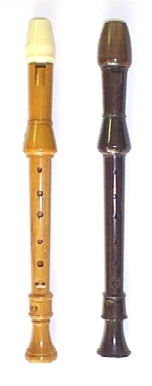Saunders Recorders
Bristol UK.
|
| |||
|
The voicing of this model is very unusual, and probably accounts for the unsatisfactory tone production. I have only seen the labium and windway curved to this extent on one other model. The resulting sound was better, but of similar characteristics. It was not a model that I sell. |
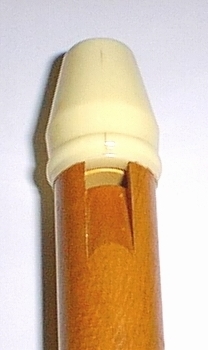
| |||
|
Here is another specimen. I think this is rare as it is the only one that I have come across. The labium edge is integral with the windway moulding. |
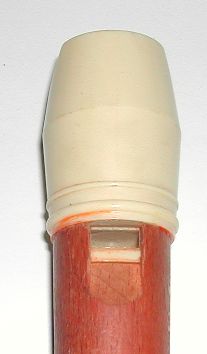
| |||
|
I think these two recorders date from roughly the same period. The one on the right is a hand made Dolmetsch. The similarity is remarkable. |
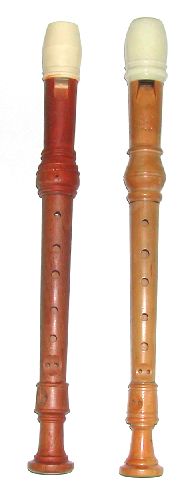
| |||
|
The tuning of the Schott model above is good but the recorder has no tone at all. Tone can be very difficult to describe and assess. The above recording was made at a distance of about 25cm. from the microphone and with no 'enhancement' (reverberation). The amplitude of the Schott model as shown by the voltage graph of the software is about half that of the Dolmetsch model. With reverberation the difference between the two recorders is much less easy to hear. Its true... distance does lend enchantment! Click the play button below for an enhanced version and you will hear what I mean. | ||||
|
Here are three more different Schott descants from the late 1940's / early 1950's.
|
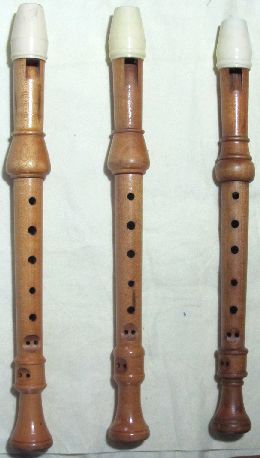 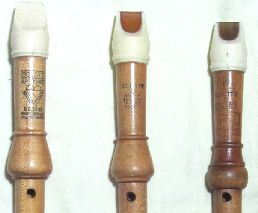
| |||
